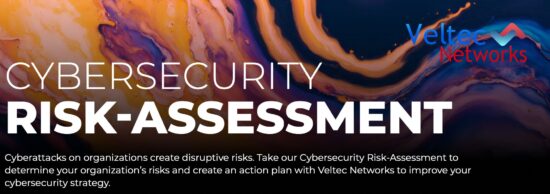What is Kari’s Law and What Does it Mean for Your Business?
The majority of the world knows to dial 911 if there is an emergency. However, many people are unaware that if an emergency call is made inside of a place that operates a multi-line telephone system (MLTS) — such as office buildings, schools, healthcare facilities, and hotels — a person’s ability to receive the help they need may be jeopardized.
Kari Hunt was murdered by her estranged husband in 2013 in a hotel room in Texas, despite multiple attempts by her young daughter to alert the proper authorities. Hunt’s daughter was unable to reach 911 emergency services because she was not aware that she needed to dial ”9” first to reach a line outside the hotel. Since that attack in 2013, Hunt’s father, Hank Hunt, worked relentlessly to address and change this practice. Thanks to the efforts of Hunt’s father and others, Kari’s Law was signed into law in February 2018 and went into effect in February 2020.
What is Kari’s Law?
In 2013, dialing a prefix to reach an outside line was not an uncommon requirement. This was a common requirement of various facilities, especially hospitality phone systems. Kari’s Law amended the Communications Act of 1934, and it requires multi-line telephone systems (MLTS) to enable users to directly dial 911 without having to dial ”9” or any other prefix to reach an outside line.
Today, Kari’s Law mandates multi-line telephone systems to enable callers to dial 911 without needing a prefix number or any other code. All offices, hotels, healthcare facilities, etc. were required to update their phone configurations to support this change. Any business or organization that is found to have failed to implement the needed telephone system changes could be at risk of a lawsuit.
No more prefixes
One of the major requirements of Kari’s Law is that anyone who needs to reach emergency services can dial 911, without a prefix. This will ensure that anyone who needs to use your phone system to call for emergency services who may not be familiar with prefixes can access emergency services quickly. If your business or organization still uses a prefix to access an outside line, changes will need to be made to your phone system to comply with Kari’s Law.
Internal notifications
Today, when 911 is dialed within a business, notifications are required to be sent to an on-site individual who has been designated to help in an emergency situation. The notification will help ensure that the proper emergency contact is aware that an emergency is taking place on the premises so the emergency responders can be directed to the proper location.
Location needed
When someone dials 911 from their home, the registered street address is given to the emergency responders. However, what happens when someone dials 911 from an office building? If there is an emergency on the 2nd floor in one of the many offices on that floor and someone dials 911 from that office, how will the emergency responders know where they should go if the information provided to them only includes the street address. To fulfill the requirements of Kari’s Law and the Ray Baum’s Act, the FCC created rules to improve the quality of location information that is provided to emergency responders when calls are made from MLTS.
Are your systems in compliance?
It does not matter if you operate an MLTS or use an MLTS, it is important that the telephone system is in compliance with Kari’s Law. We know how challenging and daunting it can be to bring a business or organization into compliance with the latest laws and regulations, but the right provider can help ensure all efforts you take will lead to your business or organization is in full compliance with Kari’s Law, without the process is terrifying. If you are not sure if your phone system complies with Kari’s Law, it is important to take action.
How can your business become compliant with Kari’s Law?
Your business or organization to take a few steps to ensure compliance with the requirements of Kari’s Law, including the following:
Assess your Multi-Line Phone System
One of the first steps you will need to take is to perform an assessment of your multi-line phone system. Does your business use a PBX or a different type of multi-line phone system? Regardless of the system your business is using, you will need to perform an assessment of your multi-line phone system to make a determination about whether the current system is routing calls directly to 911 without the need for users to dial a prefix before 9-1-1. If you conclude that users need to use a prefix before reaching emergency services, you will need to have this addressed by an experience communications service provider.
Install the proper equipment
Under the requirements of Kari’s Law, any telephone system that was manufactured after the law went into effect will have the meet the requirements outlined in the law. There are no requirements stating new equipment needs to be purchased, but if your business is in need of new equipment, any phone equipment you purchase moving forward should be in compliance with Kari’s Law. There may also be new software upgrades available that will enable your equipment to be in compliance with the law. A trusted communications provider will be able to steer you in the right direction if you are in need of proper equipment.
Your business or organization will need to ensure that any new system you implement is preconfigured with E911 technology that will provide emergency responders with as much detailed information as possible of the caller. However, having technology that has E911 capabilities is not all you need to comply with Kari’s Law. Any technology you implement should be properly configured to ensure it works with your system.
The requirements outlined in Kari’s Law can save multiple lives. It is important for businesses and organizations to comply with the law to help save as many lives as possible. If you have not started the work need to comply with Kari’s Law, now is the time. Give Veltec Networks a call today.






